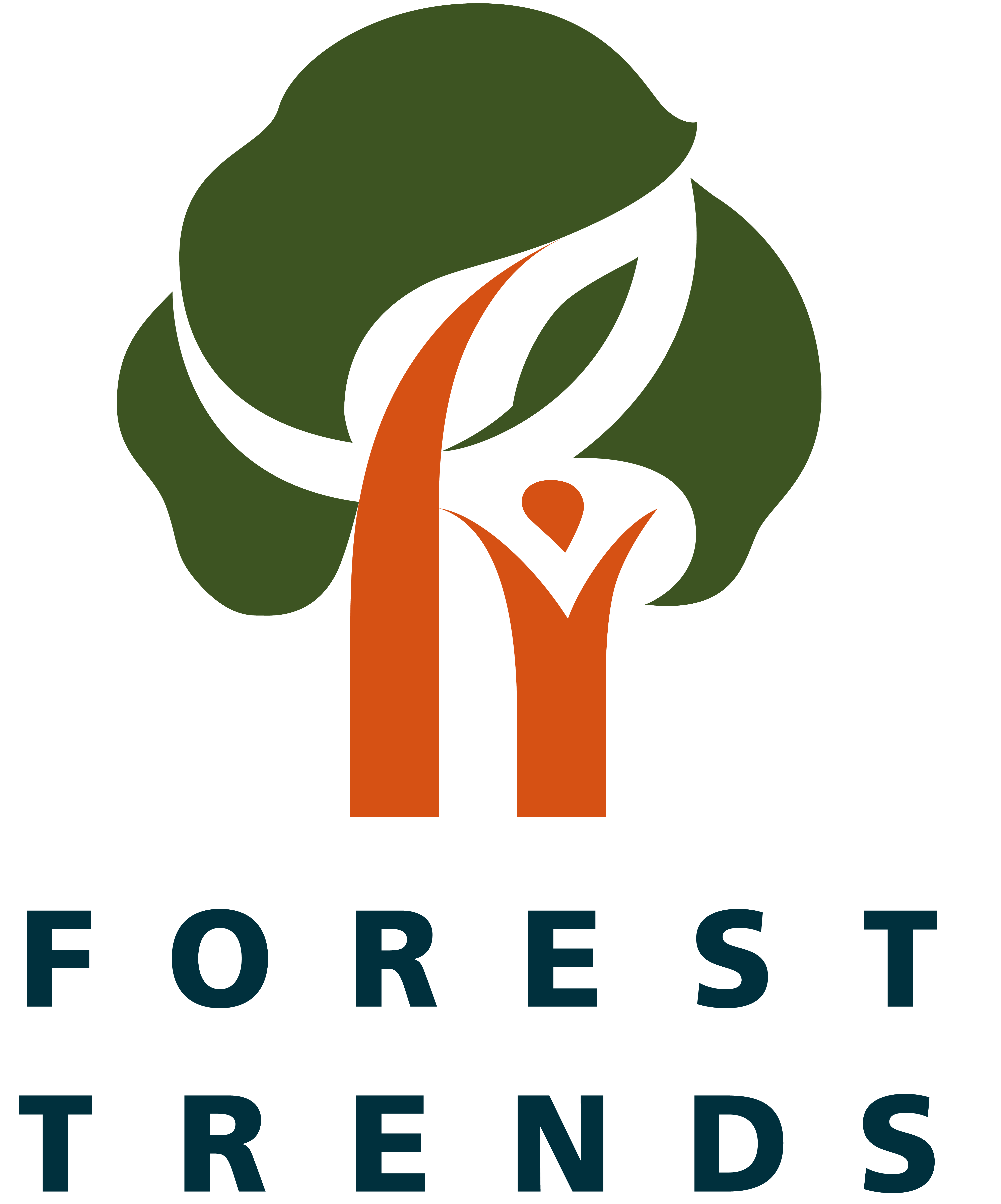
REDD+ Finance Flows 2009-2014: Trends and Lessons Learned in REDDX Countries
REDD+ Finance Flows 2009-2014: Trends and Lessons Learned in REDDX Countries
The study follows the money trail in 13 countries that account for 65 percent of the globe’s tropical forest cover under the U.N.’s REDD+ initiative. The research by Forest Trends’ REDDX (REDD eXpenditures) initiative covers six years from 2009 to 2014. It tracks more than $6 billion of the nearly $10 billion that has been committed or pledged to REDD+ programs globally. Key findings of the new report show that of the $3.7 billion committed, 60 percent or $2.2 billion came directly from individual donor countries. Norway, the largest donor by far, has contributed nearly half of all those funds; Germany, Japan and the United States committed a combined total of $730 million; and the U.K., Australia and France contributed most of the remainder. The private sector contributed 10 percent of all REDD+ finance commitments tracked in these 13 countries. Brazil and Indonesia together received nearly two-thirds of all funding pledged or committed. The big winner that has received the most money thus far is Brazil’s Amazon Fund, which had received $867 million from Norway by the end of 2014. Payments of promised funds have grown steadily, with 62 percent of all committed funds paid out by the end of 2014. Most of the money has gone directly to government agencies, with small amounts supporting the work of international organizations. The percentage of payments paid out to participating countries varies dramatically, from Brazil, which has received 91 percent of its promised funding, to Mexico, which has gotten only 5 percent of the money pledged to it.
Published:
Submitted:
